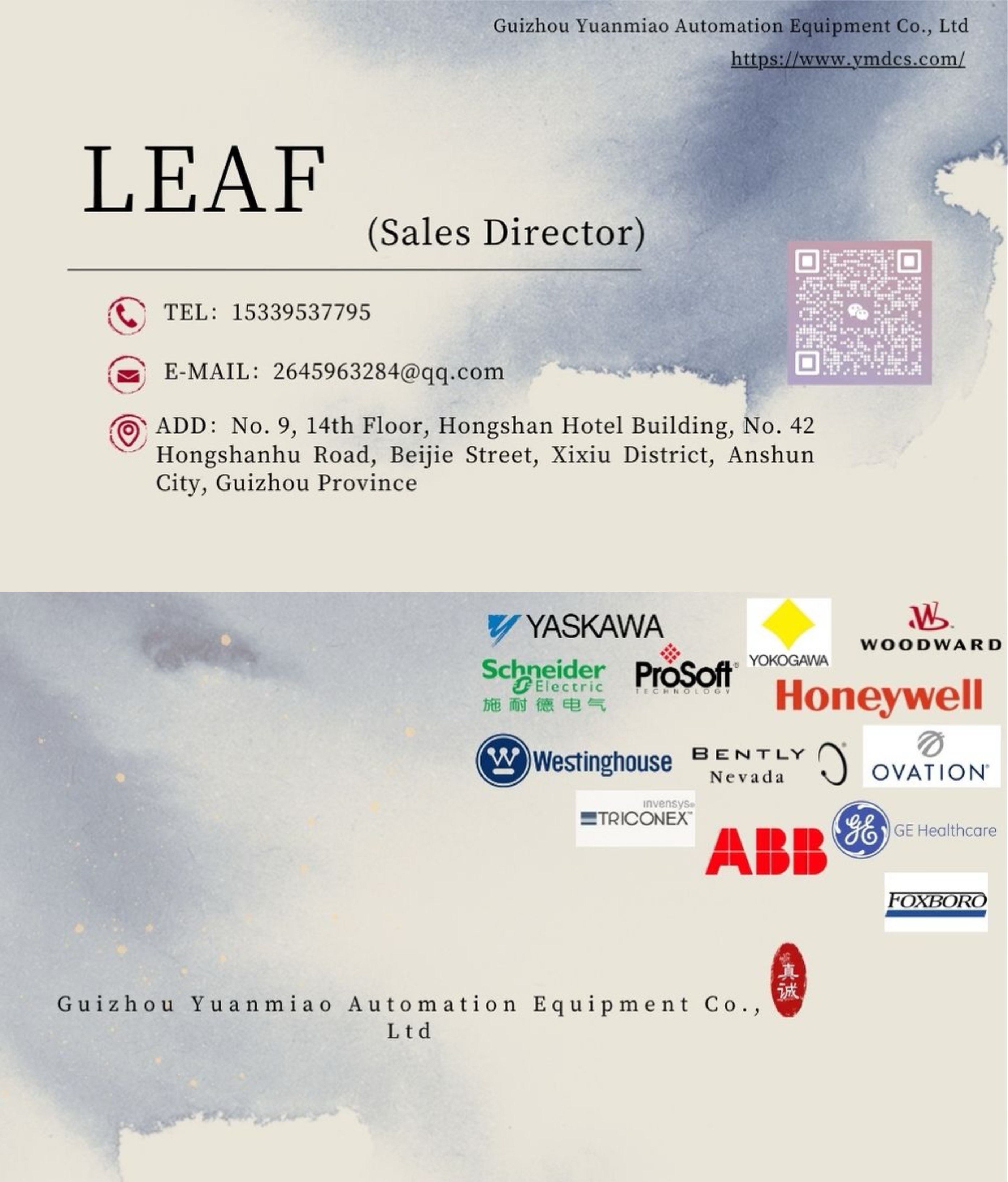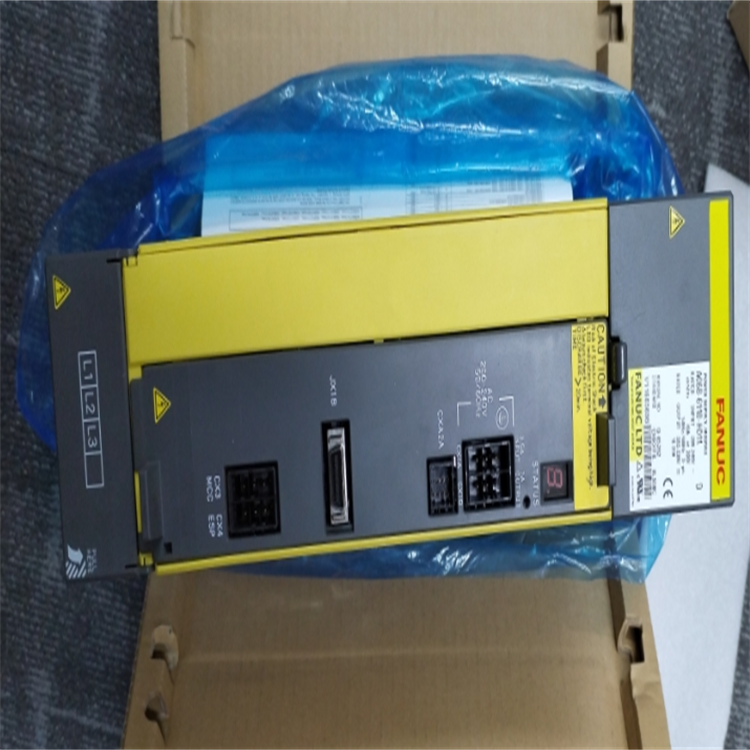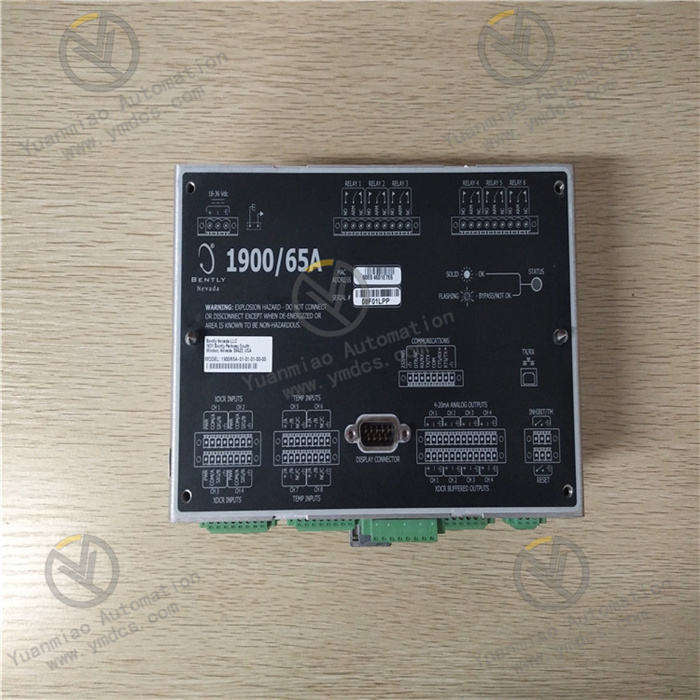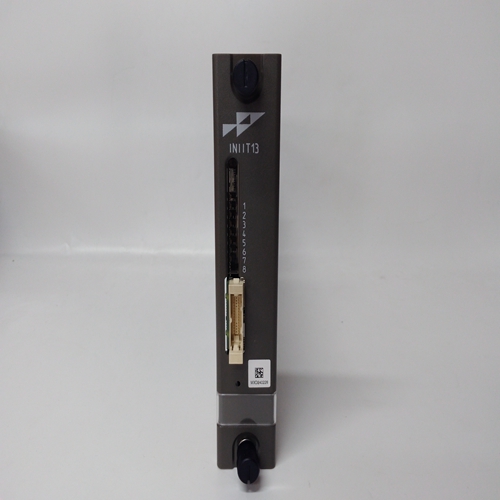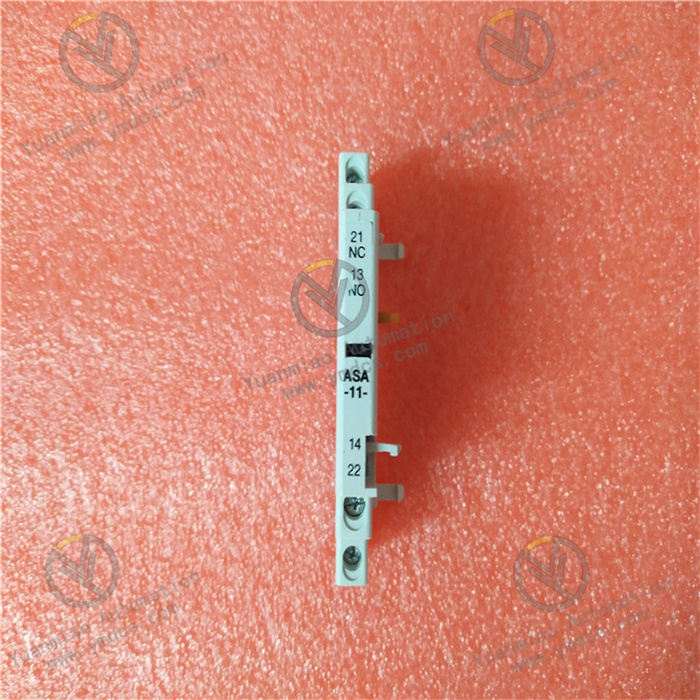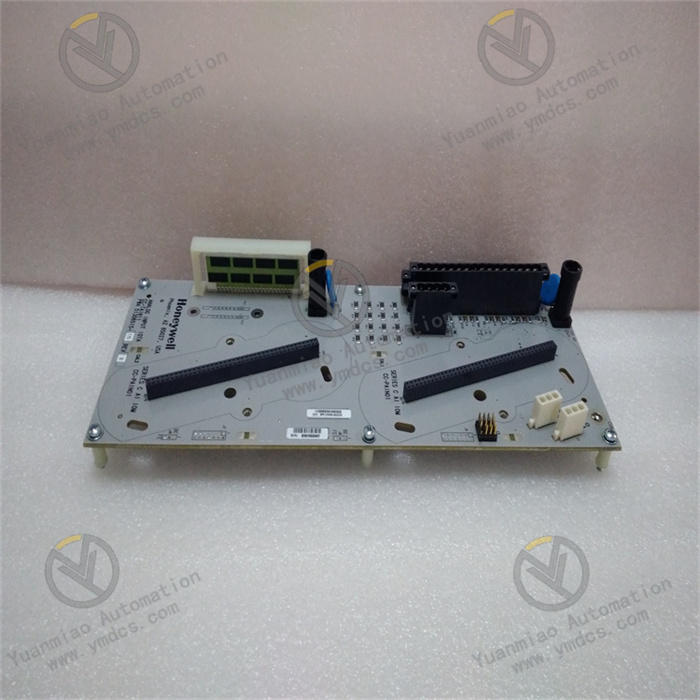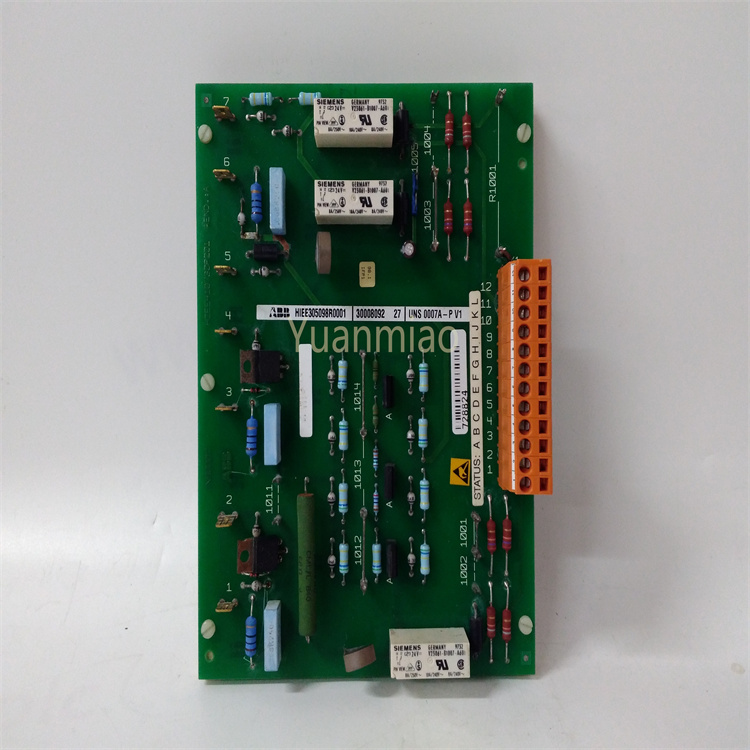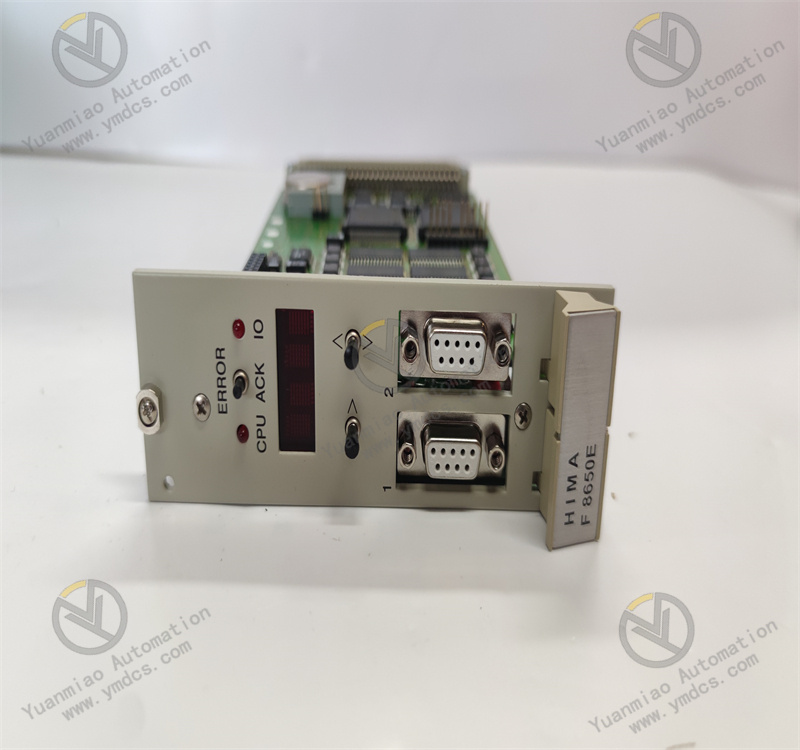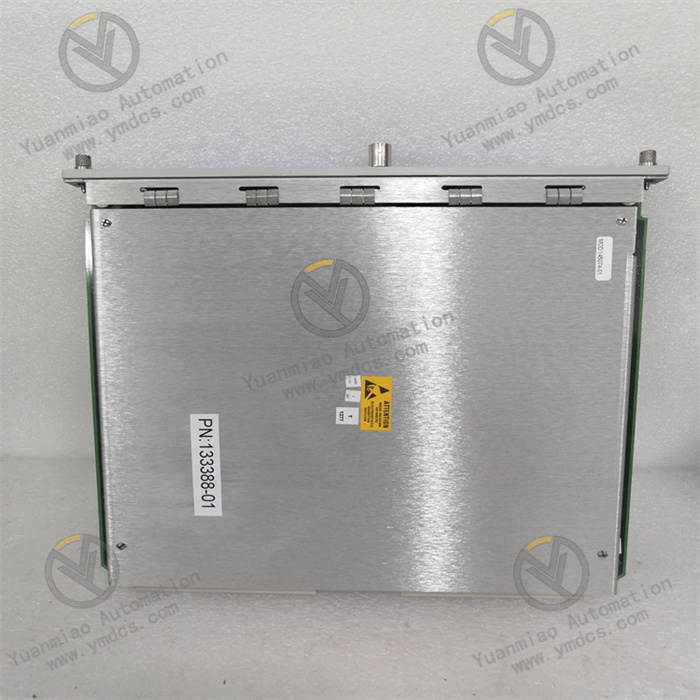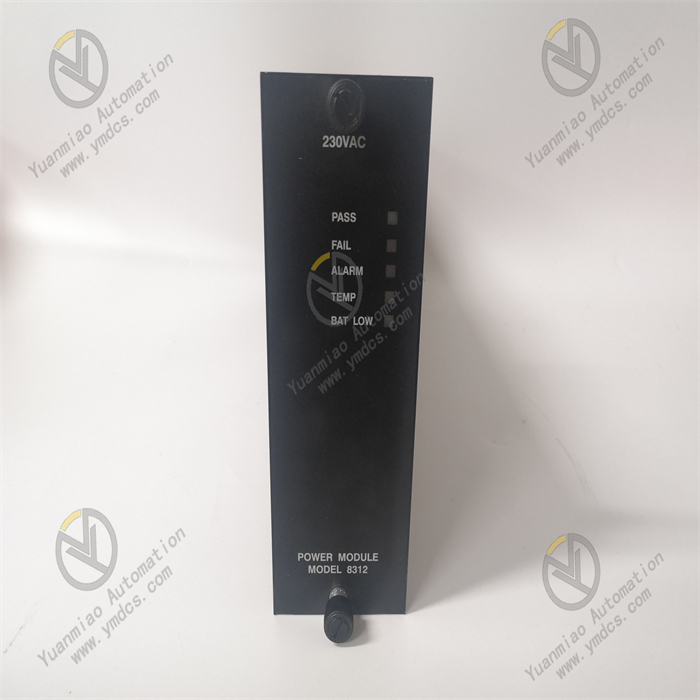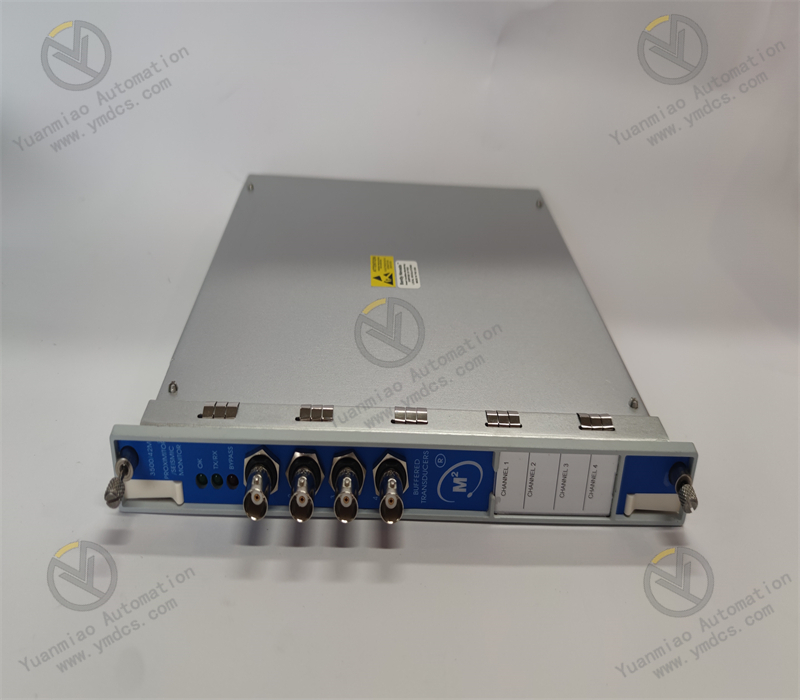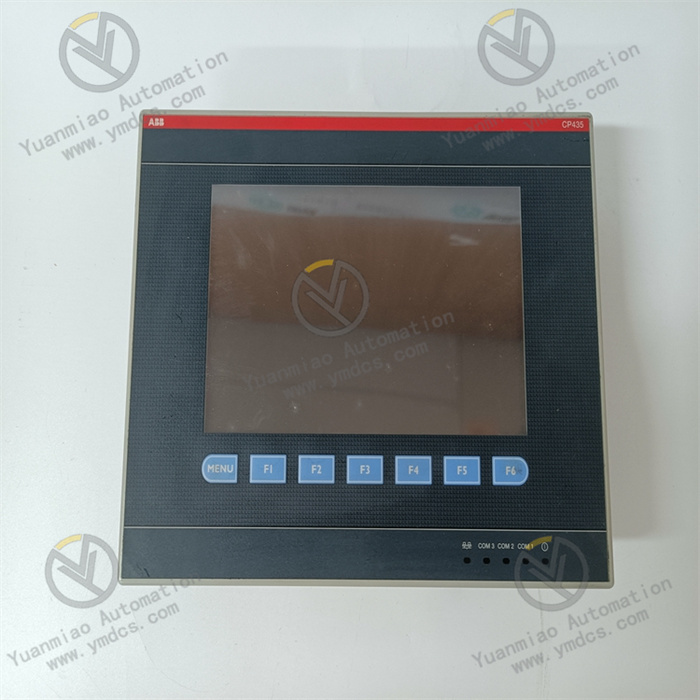Description
Features The Fanuc A06B6110H011 is a Power Supply module from the 200-V input series, intended to serve as the primary power source in the range of 200 to 240 V. This module employs power regeneration technology, which enables it to recover energy during motor deceleration (regeneration) and return it to the power supply. Input Power Specifications The primary power supply voltage range is three-phase 200 VAC to 240 VAC. The control power supply voltage range is single-phase 200 VAC to 240 VAC, with input from connector CX1A. An allowable voltage deviation of -15% to +10% is permissible, including voltage variation caused by load. The instantaneous power failure guarantee time is 3ms. The power frequency is 50/60Hz, with a tolerance of ±1Hz. The power supply unbalance should be ±5% of the rated voltage or less. Note that voltage variation must be within ±7% when producing maximum output voltage during non-load time, such as power running and regeneration. To ensure proper functionality, the power supply input of CX1A for the αi PS control module must be turned on either before or simultaneously with the CNC. For information on the optimal timing for powering on the αi PS and CNC simultaneously, please refer to the power supply chapter in the hardware connection manual of the specific CNC being used.
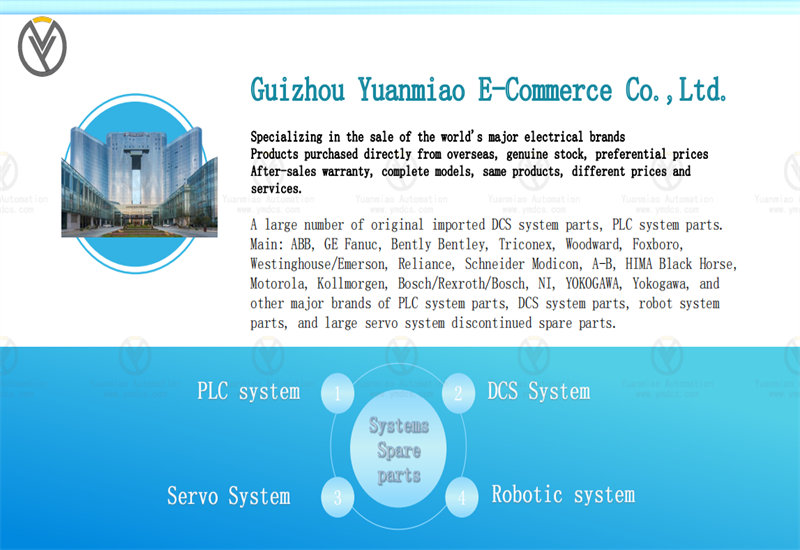
Function
The αi PS series power supplies serve as the primary power source for motor power and a universal power supply for delivering control power to servo amplifiers. It is important to choose a suitable Power Supply that matches the output levels of the servo motor and spindle motor employed.
Please note that in case the power supply impedance is high, and the voltage variation surpasses the specified values, the αi PS module may issue an alarm (DC link undervoltage alarm or DC link overvoltage alarm). Alternatively, the motor output can decrease.
By utilizing the latest low-loss power device and a newly developed highly-efficient radiator, it is now feasible to diminish the fin depth to 100 mm, resulting in a reduced amplifier depth. This reduction in depth also allows for a decrease in amplifier width, resulting in an average of around 30% reduction in required installation space within the cabinet when compared to traditional amplifiers. Additionally, the cable connector's shape has been enhanced, which aids in the reduction of the cable projection length into the control board.
It is possible to connect amplifiers using a single cable. A ground connection from the motor output terminal block to the flange is integrated, eliminating the need for external cabling for this connection. However, it is still necessary to have a connection from the top of the flange to the system ground on the control board.
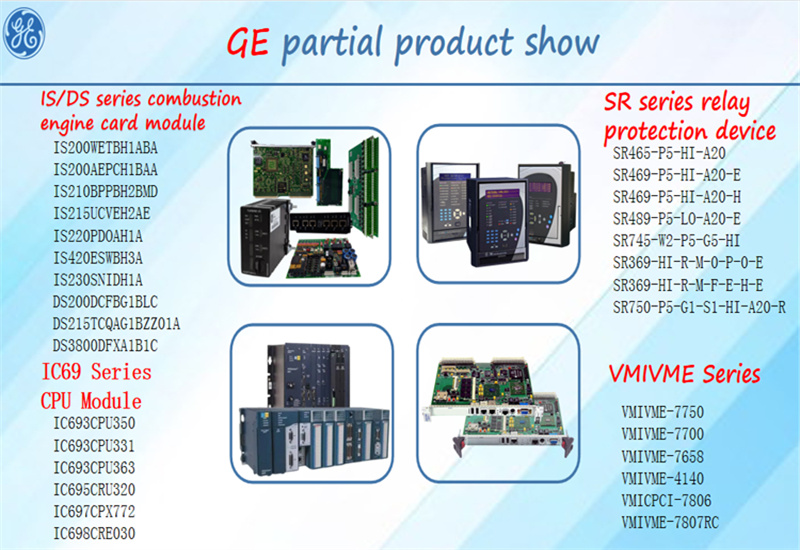
Power supply modules are power supplies that can be mounted directly on the printed circuit board. They are available in step-down and step-up formats, and provide power for application-specific integrated circuits (ASics), digital signal processors (DSPS), microprocessors, memory, field programmable gate arrays (FPgas), and other digital or analog loads.
DC/DC power module
DC-DC is implemented with the idea of switching power supply. DC-DC has two types of buck and boost, here called buck. For example, enter 10V in DC-DC. The DC-DC has an internal oscillator and chopper module. For example, one time range allows 10V to pass, and the other time range does not allow 10V to pass (equal to 0v).
On the other hand, if there is a capacitor at the output, and the capacitor is large enough, the result is a calculus of the pulse waveform in the middle, and the output is a DC waveform of 5V. Compared with the constant voltage module, the process of the step-down module to a greater extent to avoid the power consumption on the step-down module, the internal oscillation part by controlling its duty cycle, the output is constant (for example, in a DC-DC, the input range is 6V to 16V, the output is 5V, in the input range, the output is 5v, the error is only a few tenths of a volt. In addition, the output of the stability module has a certain linear relationship with the input voltage, and the output voltage difference between the input 7V and the input 14V is relatively large.
Advantages of using power modules
There are now many different Psus sold by different vendors in the market, but it is better to import Psus by product than to integrate solutions, because adopting Psus can save development time and bring products to market faster.
The power module also has the following advantages:
1. Each unit can be rigorously tested individually to ensure high reliability products, including power-on testing to exclude products that do not meet specifications. In contrast, integrated solutions are difficult to test because the entire power system works closely with other functional systems on the circuit.
2. Different suppliers can design modules of the same size according to existing technical standards, providing various options for engineers designing power supplies.
3. Modules are designed and tested in accordance with standard performance regulations, so risks can be reduced by adopting new technologies.
4. If the integrated solution is used, the entire motherboard needs to be replaced when the power supply system fails. If a modular design is used, only the faulty module can be replaced, thus saving costs and development time.
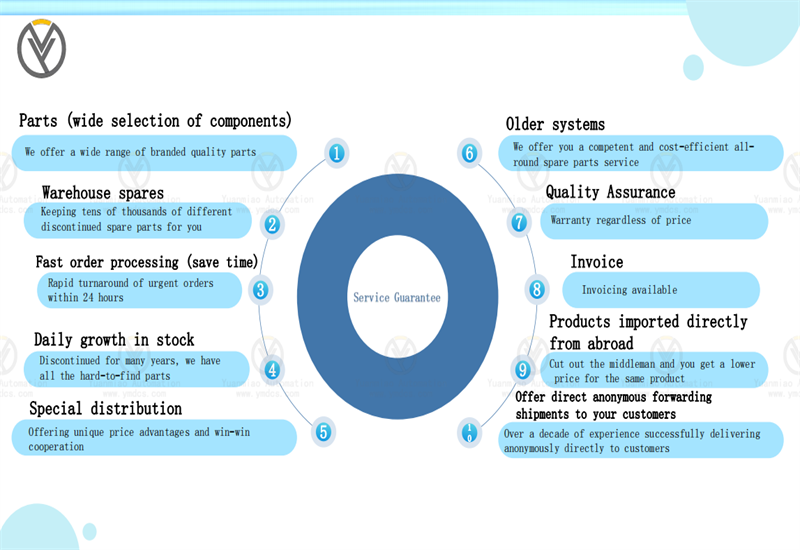
The company focuses on DCS, PLC, robot, large servo four systems
The main products are various modules/cards, controllers, touch screens, servo drivers
Company advantage: Supply imported original products, professional production of spare parts
One year warranty, fast delivery time, complete supply !!!
① 24 hours email response (12 hours);
② For shipment outside Asia, please contact the seller.
【 Disclaimer 】 We sell new products and discontinued products, independent channels to buy such special products. Guizhou Yuanmiao Automation Equipment Co., Ltd. is not an authorized distributor, dealer or representative of the products featured on this website. All product names/product images, trademarks, brands and microlabels used on this Website are the property of their respective owners. Descriptions, depictions or sales of products with such names/images, trademarks, brands and logos are for identification purposes only and do not imply any association or authorization with any rights holder. This article is from the official website of Guizhou Yuanmiao Automation Equipment Co., LTD. Please attach this link:https://www.ymdcs.com/Fanuc/
